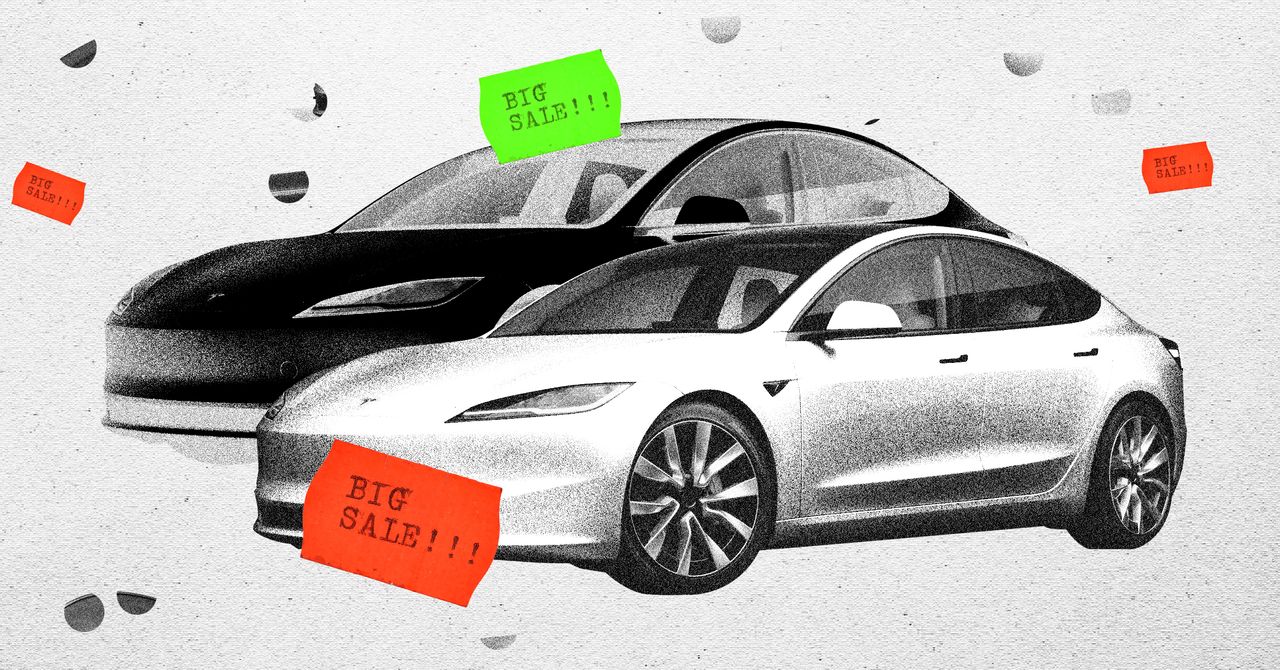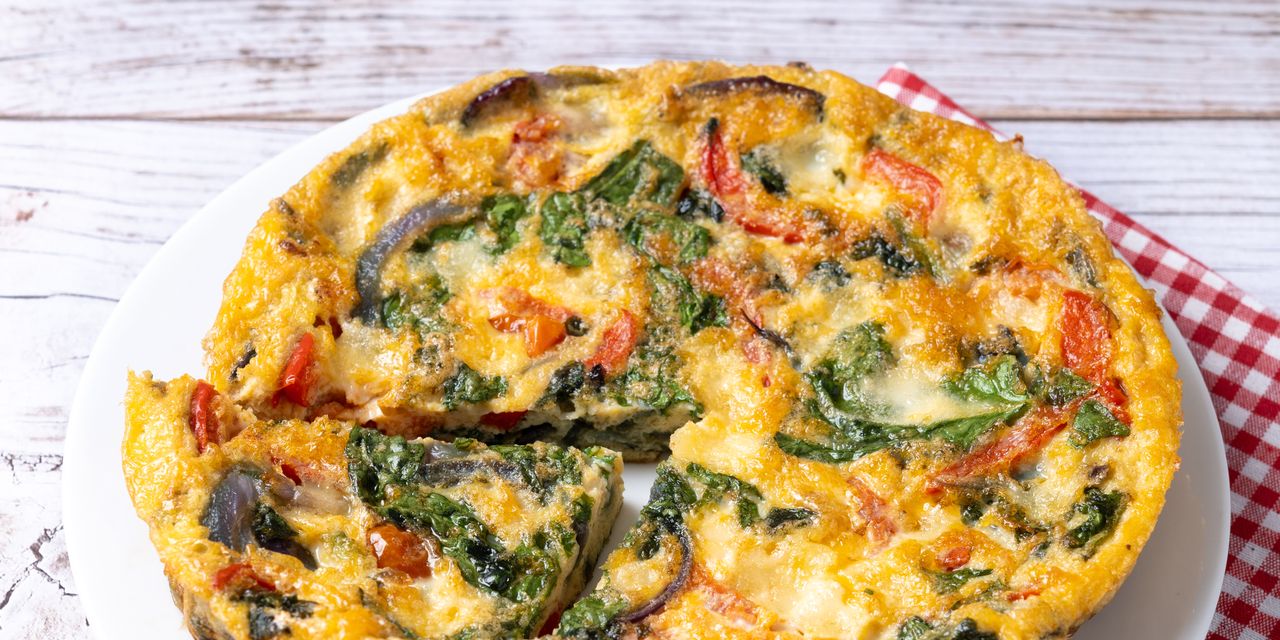Blog
The Best Time to Eat Breakfast If You Have Low Blood Pressure

- Eating an early breakfast can help stabilize both blood pressure and blood sugar.
- Prioritize nutrient-dense meals to properly fuel your day.
- Staying hydrated helps to maintain stable blood pressure levels.
Low blood pressure, or hypotension, is when blood pressure dips below 90/60 mm Hg. When this happens, individuals can experience dizziness, lightheadedness, confusion, headaches, heart palpitations and, in some cases, even fainting. While low blood pressure is less common than high blood pressure, it can still be an issue and needs to be addressed with diet and lifestyle choices.
The timing of your meals, including when you eat breakfast, can have a substantial impact on your blood pressure. Sarah Williams, M.S., RDN, shares, “If your blood pressure runs low, I recommend eating breakfast within 30 to 60 minutes of waking up. Blood sugar and blood pressure naturally dip overnight, so if you wait too long to eat, you might feel dizzy, shaky or lightheaded. A balanced breakfast helps stabilize the blood sugar, supports circulation and gives your nervous system the fuel it needs to regulate pressure.”
Read on to find out why nutrition experts—myself included—recommend breaking your fast first thing in the morning if you have low blood pressure.
Why Within 1 Hour of Waking Is the Best Time to Eat Breakfast for Low Blood Pressure
Starting your day with a balanced breakfast may offer more benefits than just better blood pressure.
Stimulates Digestion, Increasing Blood Sugar
After logging those zzz’s, your body needs a boost to get your blood pressure and blood sugar back up. This is why both Williams and Sarah Koszyk, M.A., RDN, NBC-HWC, recommend eating within an hour or so after waking up. According to Williams, “Eating after waking helps replenish blood sugar levels and activates the sympathetic nervous system, which can help gently raise your blood pressure and improve circulation. By starting digestion early in the day, hormones are released that keep things moving in your gut.”
Since your body diverts blood to aid digestion, some people may experience a drop in blood pressure after eating—especially after large meals. Eating smaller, consistent meals earlier in the day may help to keep your blood pressure more stable. In fact, a study found that breakfast eaters who consumed nutrient-dense meals had better heart health than non-breakfast eaters. The kicker? It’s all about nutrient density. Focusing on eating whole grains, protein-rich, low-fat dairy and a variety of fruits and vegetables first thing in the morning is key to better blood pressure success.
Provides Energy to Fuel the Day Ahead
You can’t drive a car on an empty tank—similarly, you can’t expect to perform your best if you don’t nourish your body first thing in the morning. Williams says, “Eating earlier after waking up can set your body up for better stability and energy throughout the morning. The relationship between breakfast and blood pressure is important because eating something in the morning gives your body the fuel it needs to get your blood flowing and your energy up. For people with low blood pressure, breakfast should be routine, as it’s part of what helps the body feel steady and clear-headed.”
Supports Morning Movement
Morning exercisers—listen up! “Eating within one to two hours can provide energy and stabilize blood sugars. For people who prefer to exercise in the morning, having the right amount of fuel and proper blood sugar regulation can help optimize one’s workout while also preventing an additional drop in blood pressure,” Koszyk explains. Ideally, a small yet nourishing breakfast, like a pre-workout slice of toast with peanut butter and sliced banana, can support your energy levels and blood pressure. Koszyk adds, “Digesting a large breakfast will redirect the blood flow to the digestive system and potentially lower the blood pressure even more. Small, mini meals can help with stabilizing blood pressure and preventing an additional drop.”
Promotes Hydration (Preventing Low Blood Pressure)
Dehydration is one of the leading causes of low blood pressure. Keeping your body filled and fueled with fluids—not just foods—helps prevent the unfortunate side effects that come with low blood pressure. This is because fluids help with blood flow in your body, keeping both fluid and pressure stabilized in your arterial walls. Williams shares, “Don’t forget a drink too. Fluids help boost blood volume and keep you feeling steady.”
Other Tips If You Have Low Blood Pressure
Managing low blood pressure with regular diet and lifestyle choices can improve quality of life in patients with hypotension. Both Williams and Koszyk recommend these strategies to proactively prevent lows and keep your blood pressure steady:
- Eat Small, Frequent Meals: Eating consistently can help keep blood pressure and blood sugar steady. “Since large meals divert the blood flow to the digestive system, enjoying smaller meals can let the body get more oxygen flowing throughout it and reduce the risk of blood pressure dropping,” notes Koszyk.
- Stay Hydrated: “Hydrate smarter, not just harder,” adds Williams. While water is important to consume regularly, adding hydrating foods in addition to other fluids (like 100% fruit juice or decaffeinated tea) can help keep blood volume up and prevent those dizzy spells. You may also benefit from some electrolytes, depending on your activity level.
- Fuel Up with Vitamin B12 and Folate-Rich Foods: Low blood pressure can be a result of a vitamin B12 and folate deficiency. Koszyk recommends, “Including vitamin B12-rich foods, like eggs, fish, milk, cheese, meat, chicken and nutritional yeast, and folate-rich foods, like green leafy vegetables, broccoli, legumes/beans, nuts and seeds, can help.” Try this baked creamed spinach pasta to get the benefits of both these nutrients.
- Limit Alcohol: Alcohol naturally dehydrates you, meaning if you struggle with low blood pressure already, those glasses of wine may be doing more harm than good. Consider swapping to a mocktail to get the hydration your body needs without the hangover.
- Stand Up Slowly: Orthostatic hypotension—or low blood pressure from standing up too quickly—happens when your body doesn’t have enough time to adjust to a quick change in position. If you often feel lightheaded when standing, rising up slowly and with caution can help.
- Exercise Regularly: Regular exercise promotes circulation, temporarily raising your blood pressure during exercise. However, it can cause a drop in blood pressure post-workout. For people with low blood pressure, staying hydrated during exercise and replenishing with fluids and food afterward—depending on the workout length—is especially important.
- Pay Attention to Triggers: Certain medications, types of workouts and other external factors like stress can affect your blood pressure. Paying attention to how you feel and which triggers cause changes is crucial for managing it proactively.
Heart-Healthy Breakfast Recipes to Try
Our Expert Take
Nutrition experts recommend eating breakfast within the first 60 minutes of waking if you have low blood pressure. This helps kick-start your metabolism, providing fuel that stimulates digestion and raises blood sugar, which supports better blood pressure. A balanced breakfast filled with nutrient-dense foods is important, so please don’t order a latte and call it breakfast! You need good hydration and a variety of foods—like whole grains, fruits and protein— to give you the nutrition to tackle whatever the day brings.












